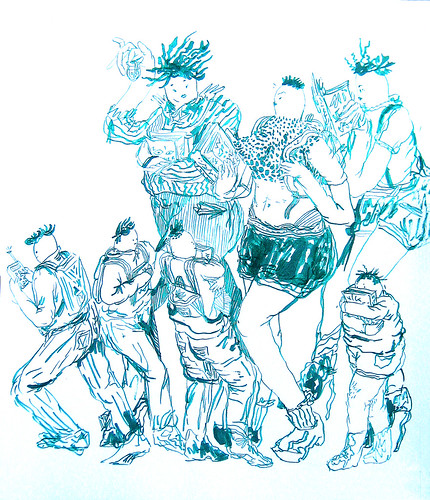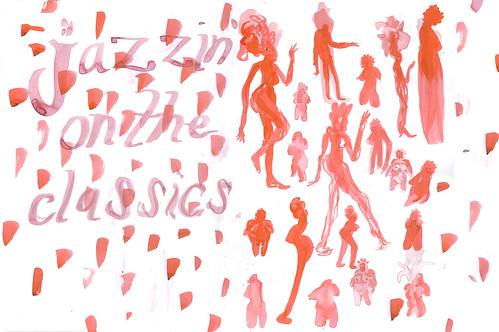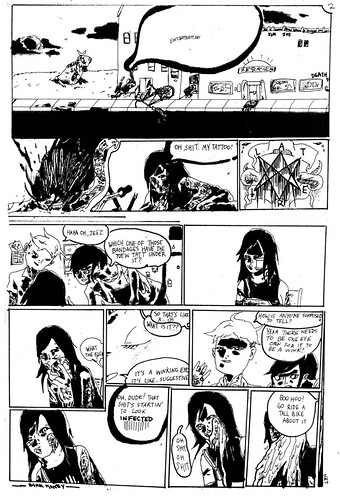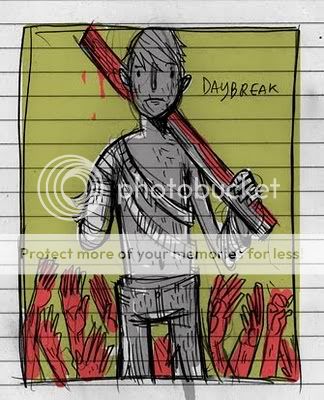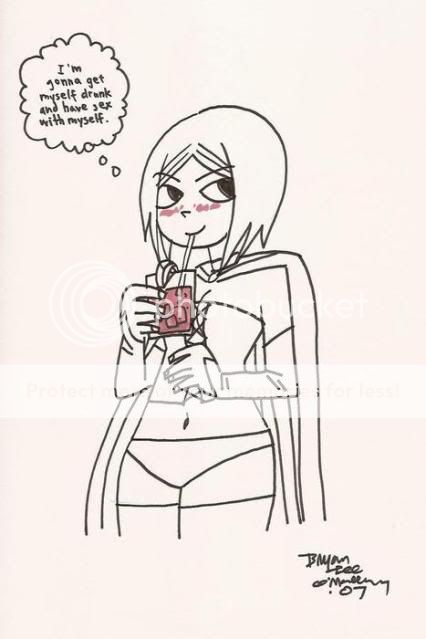Adam Lambert
“20th Century Boy”
Live at Erie, Pennsylvania, August 10, 2010
What do we talk about when we talk about Adam Lambert? I talk about the only American Idol contestant in nine seasons’ worth of regular viewing that nearly always included a “favorite” contestant by whom I was ever even remotely interested in buying a record, let alone actually going out and doing so. (“Since U Been Gone” is the exception that proves the rule.) I talk about a person I would sit around and daydream up lists of covers I wanted to hear him perform. I talk about the closest I’ve ever come, in my dully, ardently heterosexual life, to having a crush on a man–a reduction of myself to literally swooning, literally shrieking Beatlemania-level hysteria when he did things like cover David Bowie or Muse or Led Zeppelin. I talk about the kind of man I once dreamed of being–the ideal self I saw in the throes of my turn-of-the-millennium glam obsession, when I was known to go to Target in heels. I talk about a man who I’ve pictured covering “Sweet Transvestite” from Rocky Horror in full Frank N. Furter regalia only to realize that were this to actually happen I think I’d be in danger of fainting. When I talk about Adam Lambert I talk about the kind of infatuation with a pop star we, and by we I mean tween girls, usually experience only to grow out of and forget how to feel.
I don’t talk about the actual album he ended up making. I like it, for the most part–it certainly has a kick-ass opening track in the form of the Darkness-penned “Music Again,” and the throw-it-all-at-the-wall pop-house and “rocker” balladry the label provided for him are all a lot more palatable when issued from behind that beautiful half-smile and from those genuinely astounding musical-theater pipes. To paraphrase Stardust (not Ziggy, not Alvin), music sounds better with him. But “better” isn’t “PERFECTION,” and I find that contrary to the Lambert of my dreams, For Your Entertainment is something I rarely have the patience to sit through. That cacophonous production, a full-on casualty of the loudness wars, just doesn’t have the strut and slink and kick that Lambert himself does; the blandly orgiastic videos produced for his two dancey singles “For Your Entertainment” and “If I Had You” and the utterly sexless (literally–the significant other never appears!) video produced for his Top 10 hit “Whataya Want from Me” are all too fitting an act of commodification and de-interesting-ization.
So what do I talk about when I talk about Adam Lambert? This, even when it’s not what he’s actually doing. A glam anthem. T. Rex’s best, ballsiest song, previously covered with ear-splitting sleaziness on the seminal (!) Velvet Goldmine soundtrack by Placebo, now kicked up several keys and strutted to like it’s what he was born to do. Which it is, for better or for worse. In today’s pop climate, it’s Lady Gaga who’s the exception that proves the rule: whether because polymorphous perversity is more acceptable coming from sexy ladies than openly gay men, whether because the Idol machine exerts more control over Lambert than Gaga ever had to deal with, or whether it’s simply because he’s a performer first and an artist second, my hero is at his best when embodying the glorious provocative pop of the past. He’s a 20th century boy.







